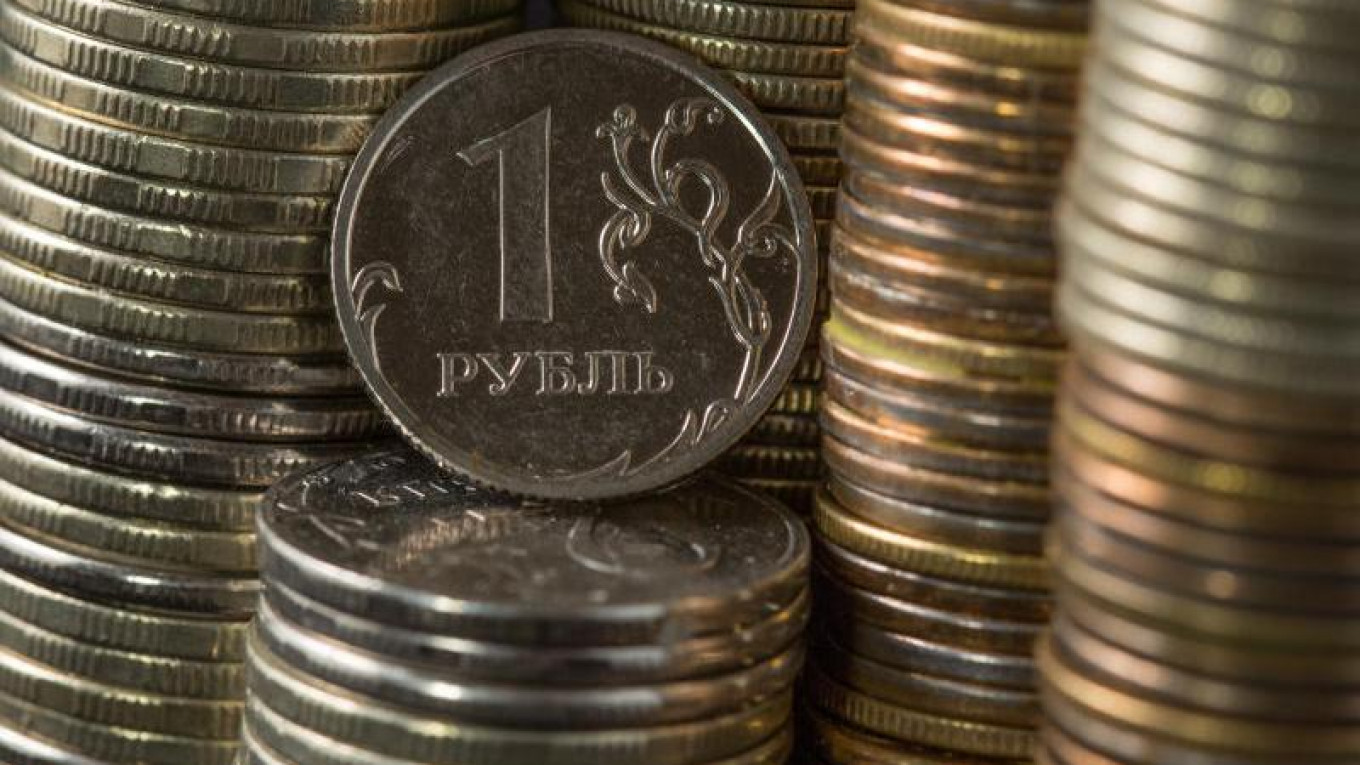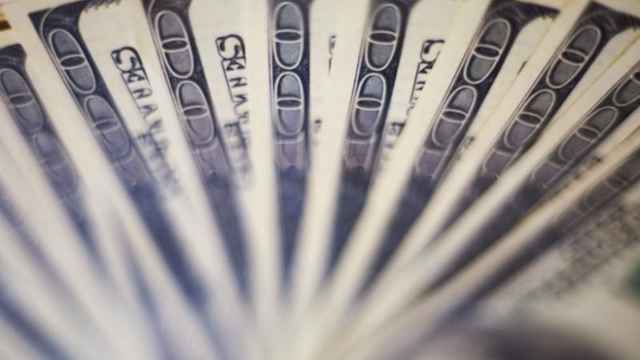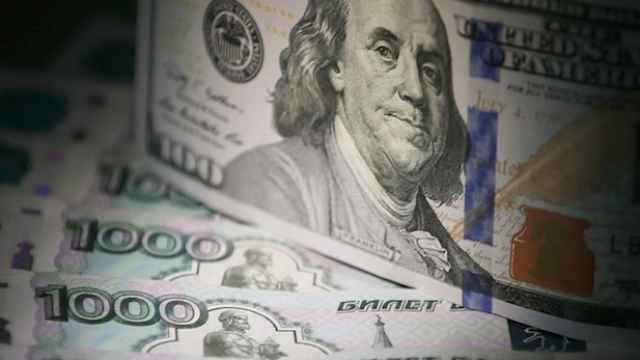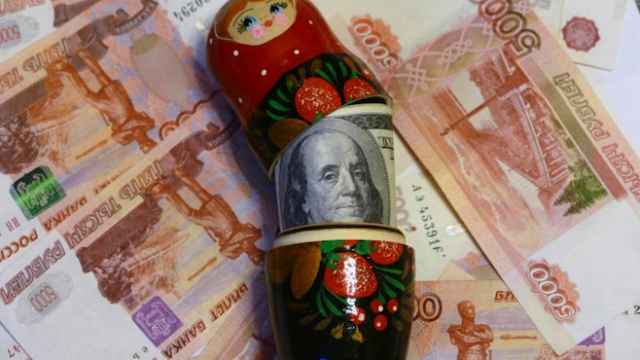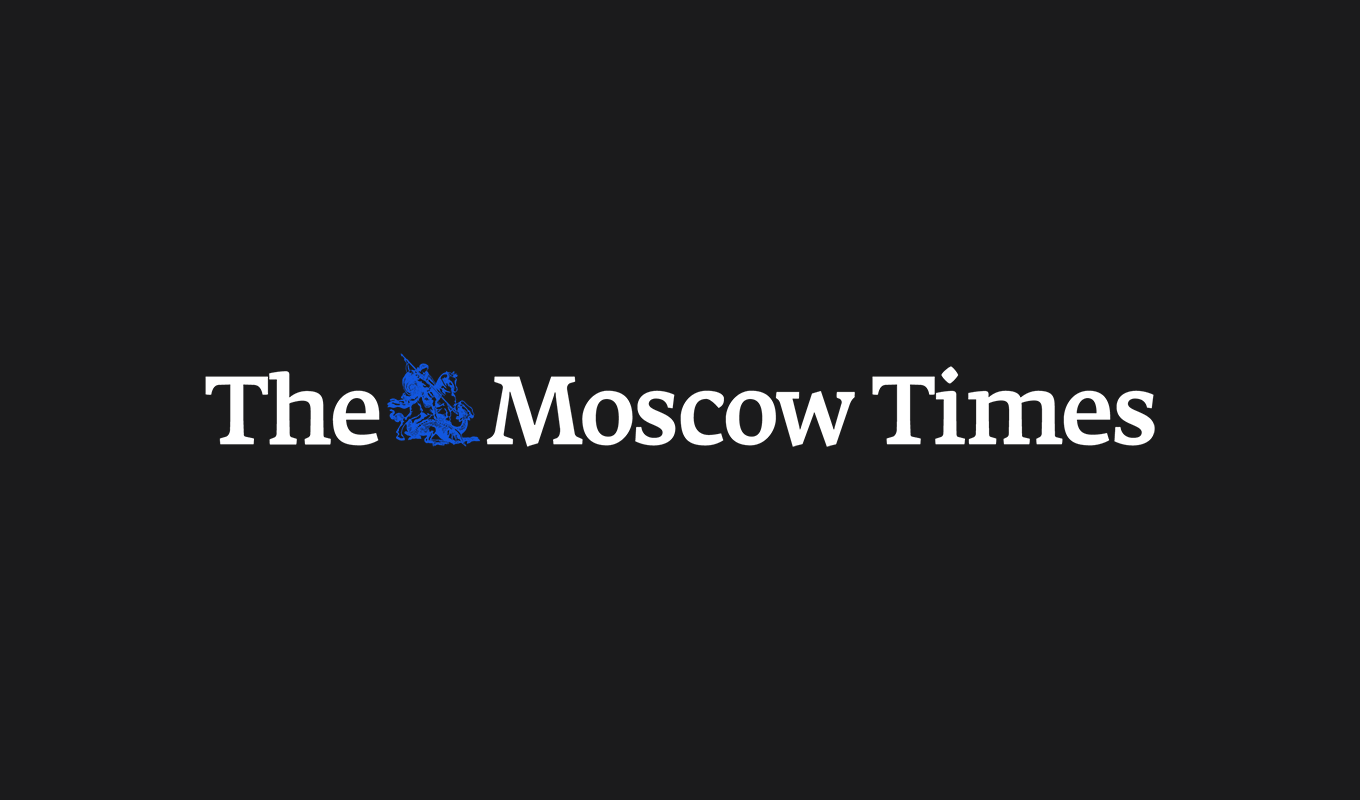Capital inflow into Russia in August surpassed capital outflow by $1 billion, data from the county's Central Bank has revealed.
Net outflow for the first eight months of the year totaled $9.9 billion, the bank said, driven by a higher demand for foreign assets among Russian companies. The country's cash inflow was boosted by banks selling off more foreign assets than they needed to service their debt abroad.
The trend has kept the ruble from falling despite tumbling oil prices, said Sergei Pukhov of Russia's Higher School of Economics’ Development Center. The index of the ruble’s real effective exchange rate fell by 2 percent in August after gaining for the last five months, Pukhov said. The ruble would have likely fallen even further if not for the levels capital inflow into the country, he said.
Low oil prices caused Russia’s account surplus to fall to $14.8 billion in January-August, plummeting by $1.6 billion in August alone, Central Bank data revealed.
An upswing in imports – primarily in mechanical equipment and aircraft – is the main cause of the deficit, Pukhov said. While the growth in equipment imports could indicate economic growth, other data does not support this conclusion, he said.
Capital inflow was effected by a number of factors, including higher market rates on the state’s ruble debt. The rates have kept the ruble attractive, enabling it to gain 19 percent since February against all currencies. Russian assets remain attractive against the backdrop of near-zero or even negative rates abroad, Pukhov said.
The relatively high price of oil and higher profits for Russian companies are also factors, he said.
Russia's customary net capital outflow may return by the end of September, said Dmitry Polevoy of ING. Payments on external debts, which usually peak in September and December, will determine future flow dynamics, he said. He claimed that no further crises loom for the ruble as long as external factors do significantly deteriorate.
Yet investors’ appetite for Russian assets is also a driving factor, according to Sergei Pukhov. Investor interest could cool off rapidly if the Central Bank lowers its rates and the Federal Reserve System raises its rates.
A Message from The Moscow Times:
Dear readers,
We are facing unprecedented challenges. Russia's Prosecutor General's Office has designated The Moscow Times as an "undesirable" organization, criminalizing our work and putting our staff at risk of prosecution. This follows our earlier unjust labeling as a "foreign agent."
These actions are direct attempts to silence independent journalism in Russia. The authorities claim our work "discredits the decisions of the Russian leadership." We see things differently: we strive to provide accurate, unbiased reporting on Russia.
We, the journalists of The Moscow Times, refuse to be silenced. But to continue our work, we need your help.
Your support, no matter how small, makes a world of difference. If you can, please support us monthly starting from just $2. It's quick to set up, and every contribution makes a significant impact.
By supporting The Moscow Times, you're defending open, independent journalism in the face of repression. Thank you for standing with us.
Remind me later.


